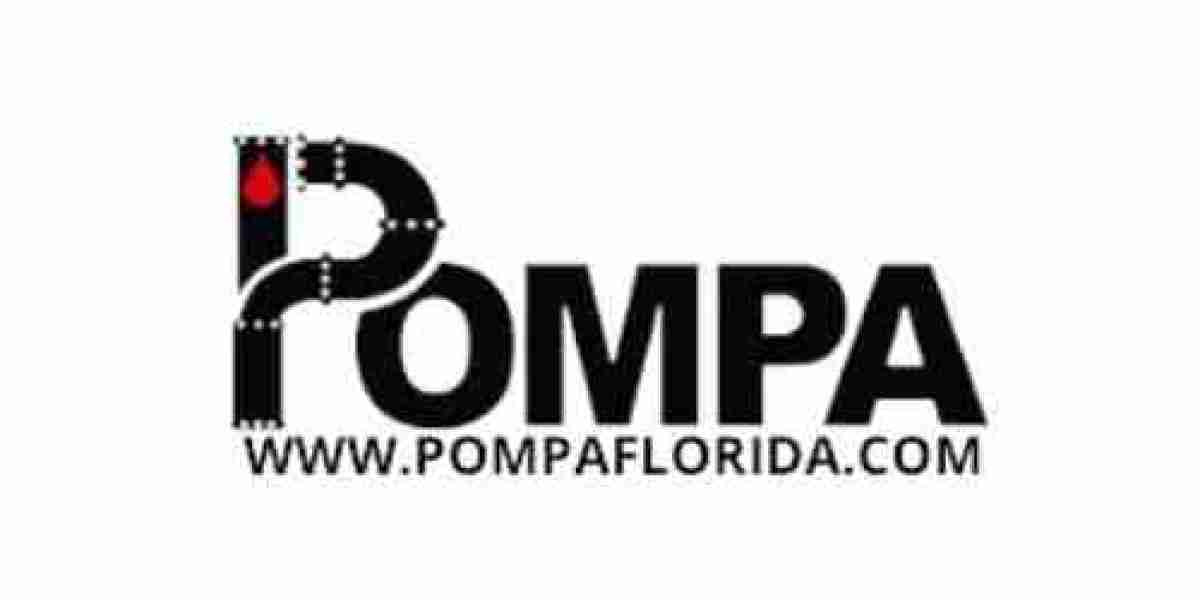Sustainability has become a central concern for the fragrance industry. Consumers demand eco-friendly products, pushing brands to adopt sustainable practices. Challenges include sourcing renewable raw materials, reducing the carbon footprint, and creating biodegradable packaging. These initiatives often involve significant costs, making it difficult for smaller brands to compete.
Fragrance Market Challenges: Counterfeit Products and Brand Integrity
The rise of counterfeit fragrances is a persistent issue, especially in the luxury segment. Counterfeits not only impact revenue but also tarnish the reputation of trusted brands. Combating counterfeiting requires investment in anti-counterfeiting measures like holograms, QR codes, and blockchain-based tracking systems, which add complexity to supply chains.
Fragrance Market Challenges: Supply Chain Disruptions and Logistics Issues
Global supply chain disruptions, worsened by the COVID-19 pandemic, have impacted the timely availability of raw materials like essential oils and alcohol. Transportation delays, geopolitical instability, and fluctuating import/export tariffs exacerbate these challenges. Developing resilient and localized supply chains is critical for overcoming such disruptions.
Fragrance Market Challenges: Rising Costs of Raw Materials
The cost of raw materials, especially natural ingredients such as jasmine, sandalwood, and ambergris, has risen due to overharvesting, climate change, and limited availability. Brands are investing in synthetic alternatives and lab-grown ingredients to maintain affordability without compromising quality, but these solutions come with their own research and development costs.
Fragrance Market Challenges: Meeting Regulatory Compliance Across Regions
Fragrance manufacturers must comply with varying regulations across different markets. For instance, the European Union has stricter guidelines compared to other regions. Ensuring compliance with safety standards, ingredient labeling, and environmental regulations adds to operational complexities, especially for brands aiming for global distribution.
Fragrance Market Challenges: Addressing Consumer Preference Shifts
The modern consumer is seeking more personalized, unisex, and multifunctional fragrances. This shift challenges traditional offerings, requiring brands to invest in customization technologies and innovative formulations. Additionally, wellness trends are pushing demand for aromatherapy-infused scents, further expanding the scope of product development.
Fragrance Market Challenges: Competition from Niche and Independent Brands
The rise of independent and niche brands, known for their exclusivity and artisan appeal, has disrupted the market. These brands often resonate with millennials and Gen Z consumers who value authenticity and uniqueness. Larger players face the challenge of competing with these niche brands without diluting their premium image.
Fragrance Market Challenges: Maintaining Quality in Mass Production
Scaling up production to meet growing demand while maintaining consistent quality is a significant challenge. Mass production often compromises the intricacies of handcrafted scents, which are highly valued by discerning consumers. Balancing efficiency with the artistry of fragrance creation is crucial for maintaining brand loyalty.
Fragrance Market Challenges: Adapting to Digital Transformation in Retail
The shift to e-commerce and digital marketing has revolutionized the fragrance industry. However, replicating the sensory experience of testing a fragrance in-store remains a challenge. Innovative tools like AI-driven scent matching and virtual fragrance testers are being explored, but their adoption is still in its early stages.
Fragrance Market Challenges: Balancing Innovation with Traditional Craftsmanship
Innovation in fragrance formulation, such as molecular perfumes and AI-based scent design, is reshaping the industry. However, such advancements may alienate traditionalists who value time-honored techniques and natural ingredients. Striking a balance between innovation and craftsmanship is vital for appealing to a broad consumer base.
Conclusion
The fragrance market continues to grow despite facing numerous challenges. From addressing sustainability and counterfeit concerns to navigating consumer preferences and regulatory compliance, the industry is at a crossroads of transformation. Brands that adapt through innovation, strategic planning, and consumer-focused solutions will be well-positioned to thrive in this dynamic market.




